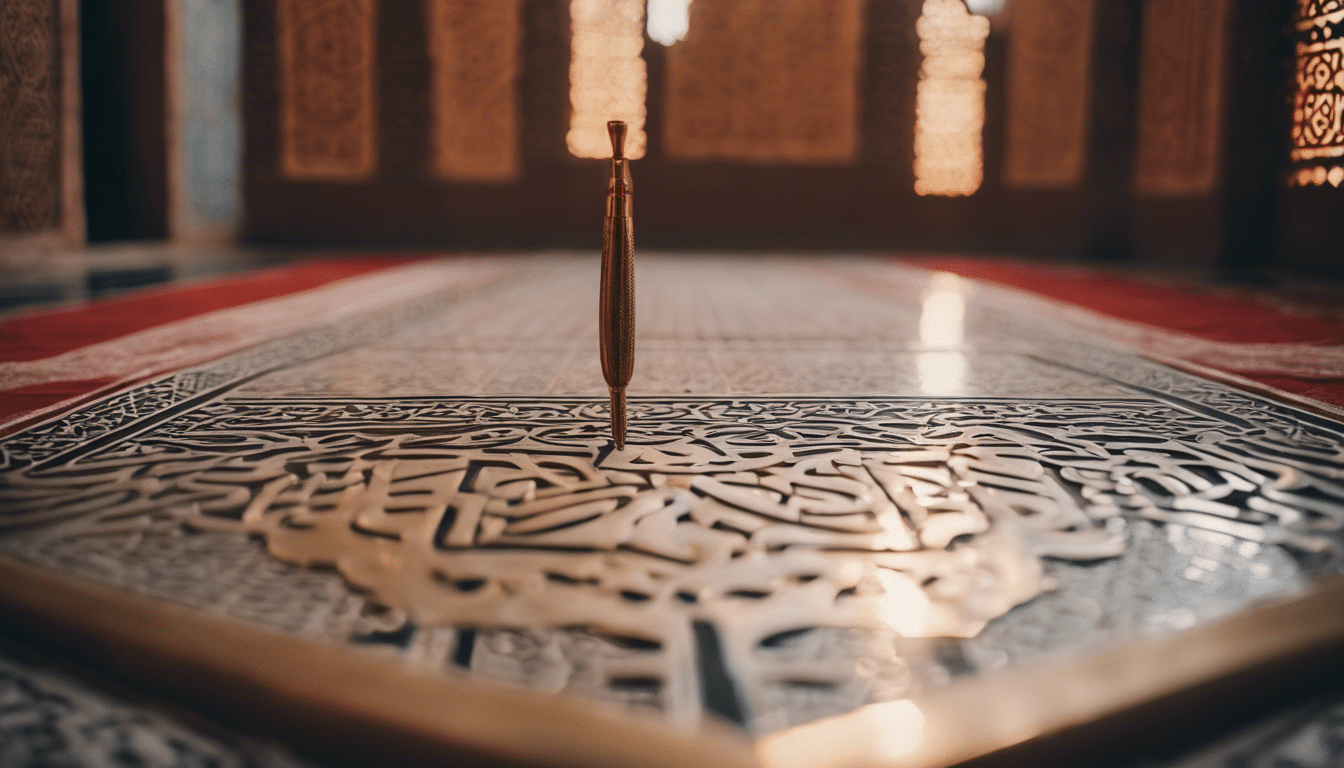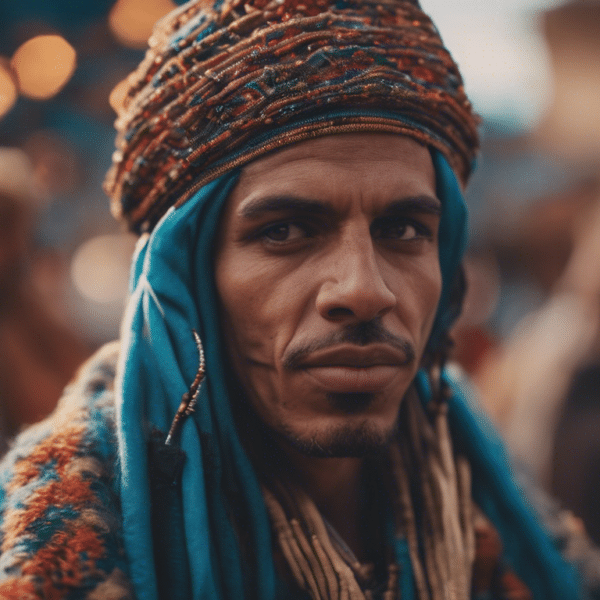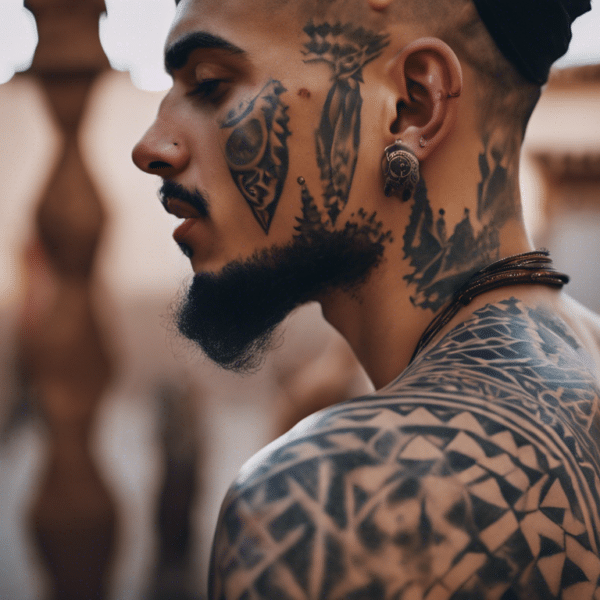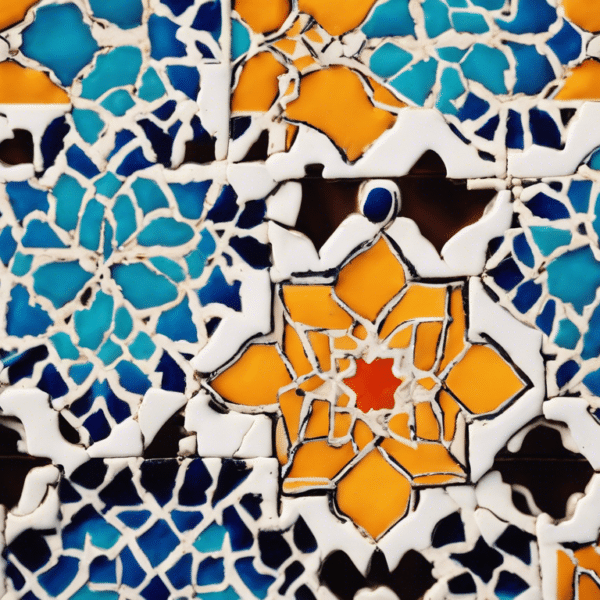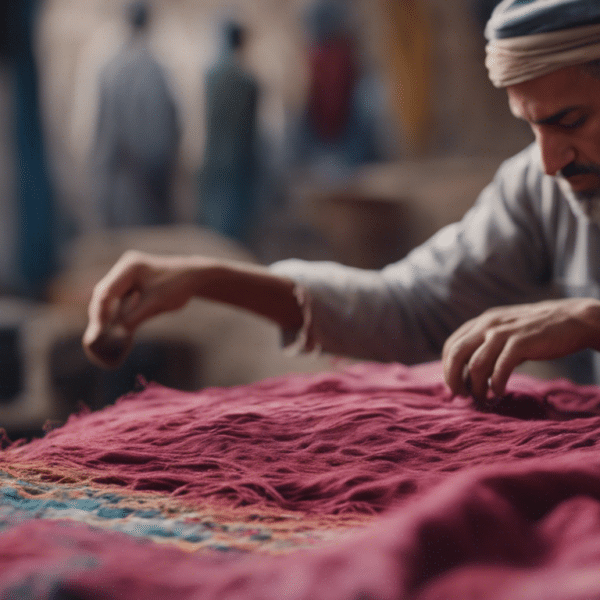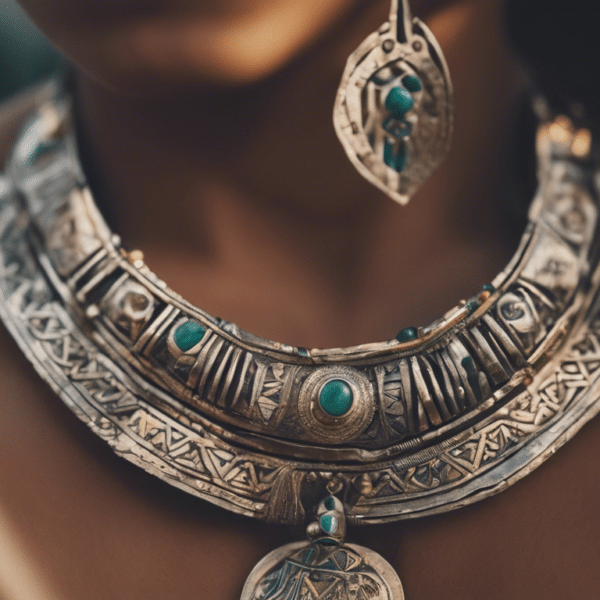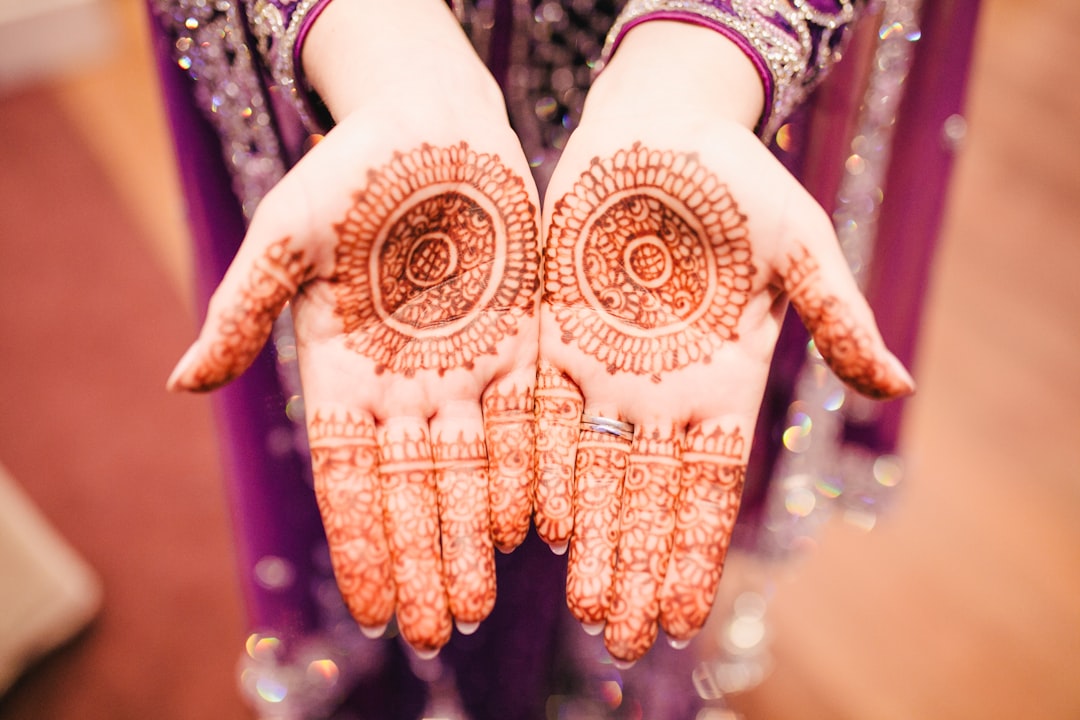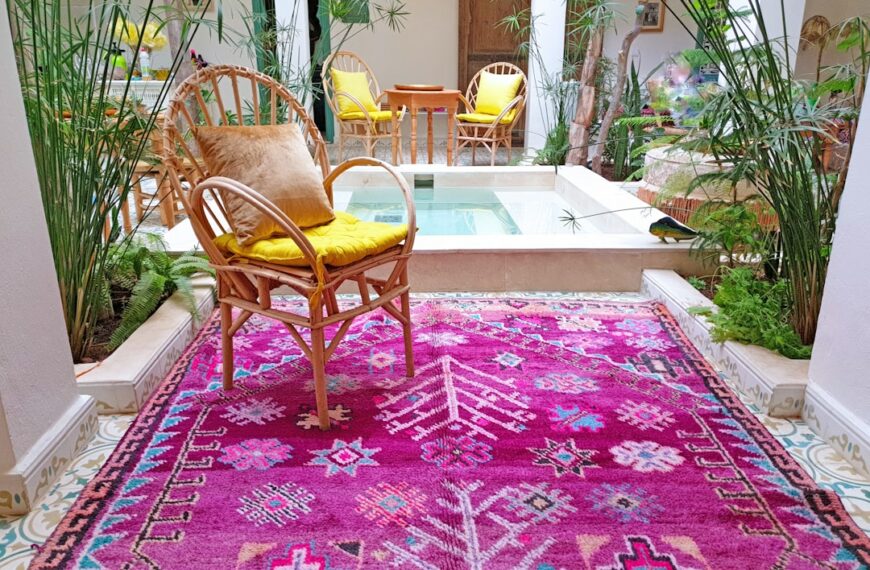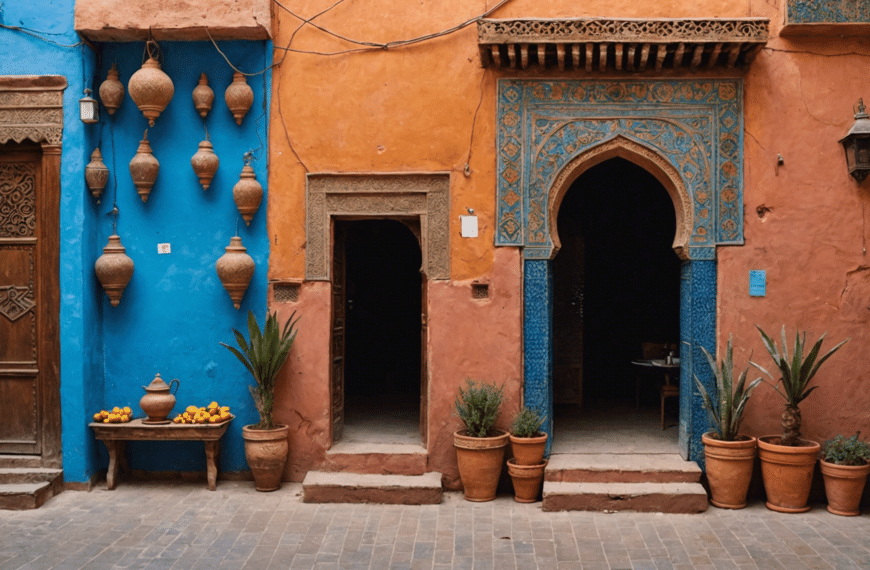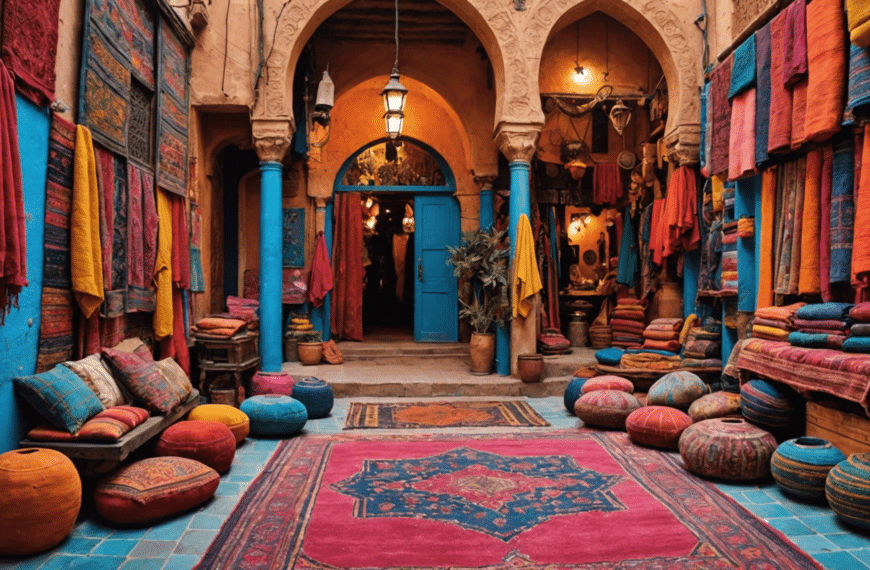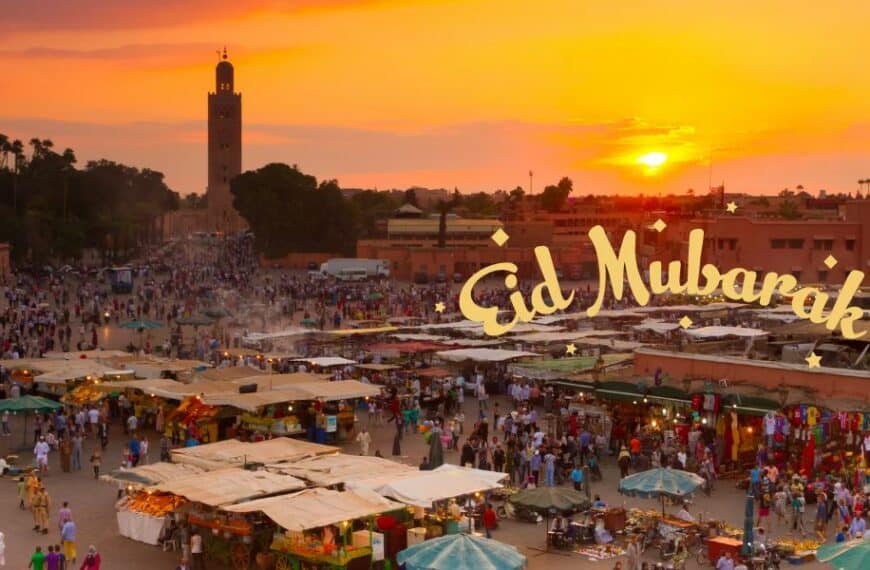The Historical Roots of Moroccan Calligraphy
Moroccan Calligraphy: An Art Form Woven in History
The deep-rooted history of Moroccan calligraphy is as intricate and detailed as the flowing lines and shapes that define this exquisite art form. To truly appreciate its beauty, we delve into the past, unravelling the threads that connect this time-honored practice to the very essence of Moroccan culture and identity. A journey through the ages reveals not only a form of written communication but also a profound expression of artistic and spiritual life across the region.
Origins and Influences
The inception of Moroccan calligraphy stretches back to the advent of Islam in the region, which marked a pivotal turn in the country’s art and written expression. This art, indeed, is deeply entwined with Islamic culture, not simply as a means of documenting language but as a path of spiritual exploration and devotion. The Arabic script, a medium for conveying the divine words of the Quran, blossomed into numerous styles, influenced over time by both indigenous Berber scripts and the respective dynasties ruling over the land.
Styles and Scripts
The soul of Moroccan calligraphy is expressed through various styles, each bringing its own aesthetic and ethos. The Kufic script, with its disciplined and geometric form, is one of the earliest examples that adorned the walls of mosques and religious texts. Moving forward in time, art evolved into the more fluid and ornate Maghrebi script, a distinctive style characterized by rounded letters and sweeping extensions that give it a dramatic presence.
Artisans and Artistry
Moroccan calligraphers, known as Khattat, have historically been held in high esteem, viewed as custodians of not only language but also the sacred. These artisans undergo years of meticulous training, mastering not just the form and precision of the script but also imbibing the spiritual dimensions that this art form encapsulates. Their skill transforms words into visual symphonies, adorned often on mediums such as paper, parchment, fabric, and the adorned walls of architectural marvels.
The Legacy Lives On
While modernity continues to surge forward, the historical roots of Moroccan calligraphy have held firm, continuously feeding into contemporary arts and culture. Today, modern Moroccan artists blend traditional techniques with new perspectives and materials, bringing about a renaissance of this age-old art. As they carve out calligraphic masterpieces on canvas or sculpt them within installations, they pay homage to the essence of a practice forged through centuries of devotion and craftsmanship.
Moroccan calligraphy remains a captivating subject for those who hold a reverence for the interplay between culture, history, and art. Through the meticulous care of the Khattat, this elegant script transcends time, narrating the tales of a land rich in heritage and spirit. It is not just an art form but a bridge to the Moroccan soul.
Symbolism and Aesthetics in Moroccan Script Styles
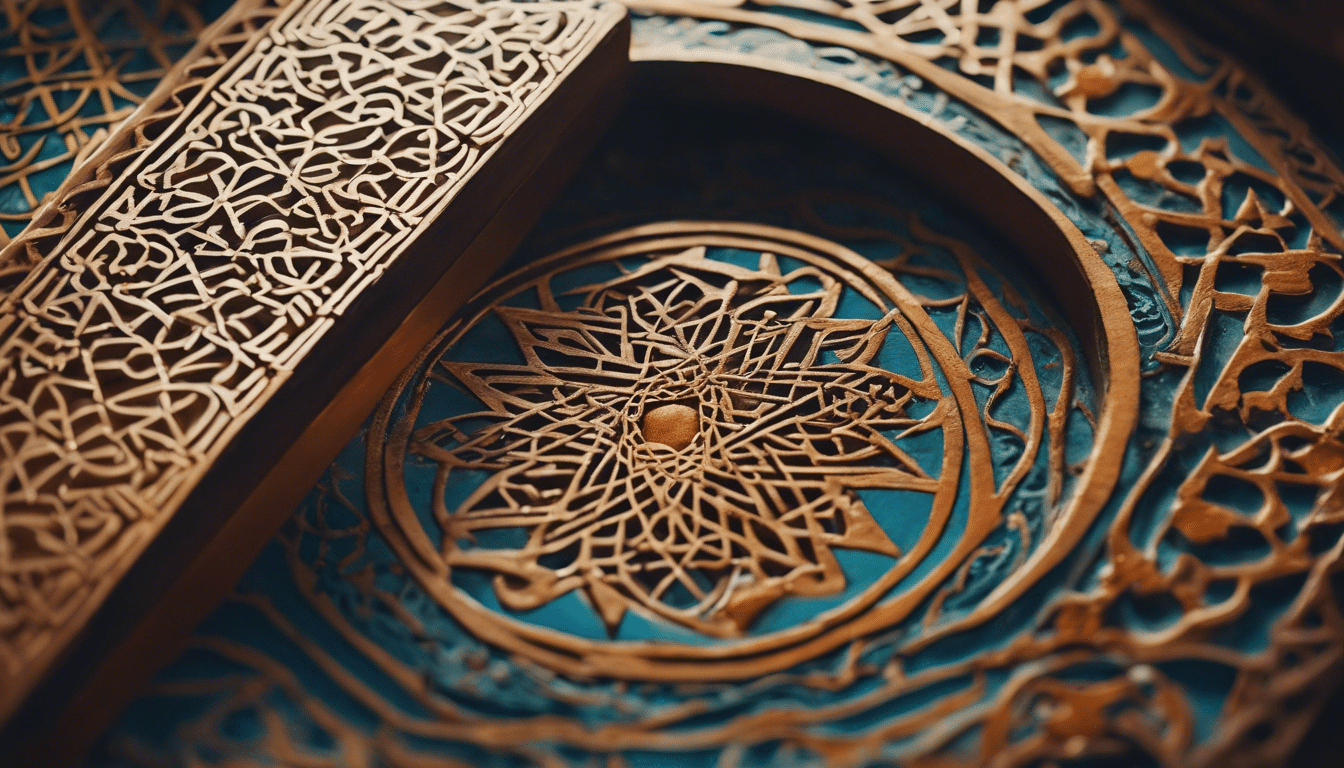
The art of Moroccan calligraphy is much more than mere writing. It is a dance of symbols and aesthetics, a poetry etched in ink that speaks volumes of the country’s rich heritage. In Morocco, the calligraphy that adorns palaces, mosques, and manuscripts is not just text but a deep expression of faith, identity, and cultural aesthetics. Every curve and line in Moroccan script styles is laden with meaning, wrapping the words of the ancient in a garment befitting their revered status.
The Soulful Expression of Kufic and Maghribi Scripts
Intricate and stately, the Kufic script is one of the earliest forms of Arabic calligraphy and provides a clear indication of Moroccan reverence for Islamic traditions. Each elongated horizontal and statuesque vertical form a majestic architectural strength, much like the steadfast walls of Marrakech itself. Meanwhile, the Maghribi script, with its sweeping curves and vigorous dots, brings a sense of movement and emotion, reflecting the pulsing life found within the labyrinthine streets of Moroccan souks.
The Symbolic Flourishes in Decorative Elements
Moroccan calligraphers have long employed decorative elements to enhance the symbolism of their art. Florid motifs and geometric patterns are not simply ornamentation; they are complex representations of the universe, signifying themes of creation and the eternal laws of God. These embellishments do not overshadow the script but work seamlessly to fuse the spiritual and the material, the sacred and the artful.
Aesthetics of Harmony and Proportion
At the core of Moroccan calligraphy lies an unwavering dedication to harmony and proportion. Every character and swirl is crafted to perfection, ensuring an equilibrium that is both poised and dynamic. This pursuit of proportional aesthetics isn’t just for visual appeal; it’s a vibrant echo of the cosmic balance, a striving to emulate divine perfection in human artistry.
The Cultural Legacy of Moroccan Calligraphy
The profound beauty of Moroccan script extends beyond its immediate allure to embody a cultural legacy that is intricately woven into the fabric of Moroccan society. Each line conveys stories of sultans and sages, of poets and prophets, making Moroccan calligraphy a tapestry of historical pride and present passion. This art form captivates not only the eyes but also the heart, revealing depths of meaning to those patient enough to look beyond the surface.
Bringing Life to Language through Art
Moroccan calligraphy does more than preserve language; it celebrates it, elevates it, and breathes life into the very words it displays. The scripts become vessels of communication, artistic expressions that denote the country’s dedication to preserving and honouring their linguistic heritage. It’s a tradition that invites both creators and admirers to engage in a timeless dialogue through the language of beauty.
With its rich blend of form, function, and faith, Moroccan calligraphy remains an enduring testament to the aesthetic profundity nestled within the heart of Morocco’s culture. As artists continue to delve into this ancient practice, they ensure that the spirit of Morocco’s scriptural art form endures, telling the old stories and whispering new ones in strokes as bold and majestic as the land itself.
The Integration of Calligraphy in Moroccan Architecture and Art
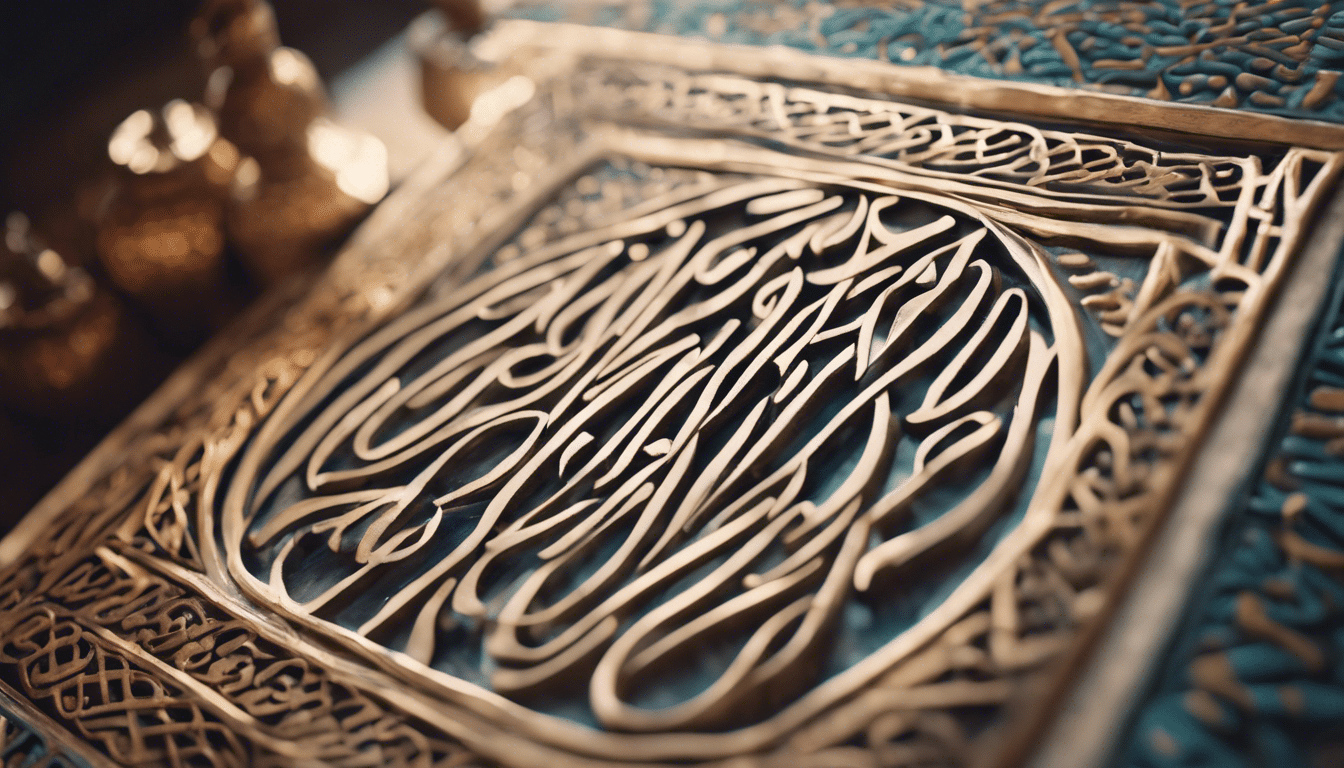
The Harmony of Letters: Unveiling Moroccan Calligraphy
The brush dances gracefully on the textured canvas, each stroke deliberate, each line telling a story that is both ancient and ever-new. This is the art of Moroccan calligraphy, a visual symphony that integrates words and architecture to create a sensory experience that transcends barriers of language and culture.
At the heart of Moroccan calligraphy lies the core principles of Islamic art— balance, rhythm, and a profound respect for the beauty of the written word. Moroccan artists have long since adopted Arabic script as more than a means of communication; indeed, the letters themselves become a gateway to the divine, turning walls, ceramics, and canvases into tapestries of spiritual contemplation.
Scripting Beauty: Calligraphy in Moroccan Art
The use of calligraphy in Moroccan art is not just an embellishment—it is an embodiment of beauty and an expression of faith. Renowned for its fluidity and ornamental nature, Moroccan calligraphy often features in various art forms, each piece a testament to the skill and spirituality of the artisan. Intricate designs are found winding their way through carpets or embroidered on textiles, often echoing verses from the Qur’an or poetic tributes to the enchanting qualities of nature and love.
Architectural Canvas: Calligraphy and Moroccan Edifices
When it comes to Moroccan architecture, calligraphy is not merely an afterthought, but a foundational element that bridges structure and scripture. Elements of strong>Moroccan calligraphy adorn the majestic façades of mosques, palaces, and public buildings, capturing not only the eyes but also the hearts of onlookers. Each letter carved or plastered on walls is a song in stone, echoing through halls and corridors, inviting reflection and wonder.
- Medersas (Islamic Schools): Here, calligraphy serves as both educational tool and ornament, enveloping students in an atmosphere where learning is equated with the pursuit of beauty.
- Palaces and Riads: These private dwellings, often hidden behind high walls and modest doors, open to reveal courtyards where calligraphy mingles with zellige (tilework) and muqarnas (stalactite ceiling decorations), forging an ambience of serenity and reverence.
- Mausoleums and Tombs: These sacred spaces encapsulate Moroccan calligraphy as a means of paying homage to those who have passed, integrating blessings and spiritual wishes into their very fabric.
The Living Script: Calligraphy in Contemporary Moroccan Life
Morocco’s connection with calligraphy persists in modern times. Far from being a relic of the past, Moroccan calligraphy is alive, breathing new life into contemporary art, design, and even street art. As a mode of cultural expression, it tells the ever-evolving story of Morocco, one that honors its historical roots while branching out in new and creative directions. Workshops and cultural centers are dedicated to preserving this art, teaching new generations the time-honored techniques of transforming words into visual poetry.
In conclusion, the integration of calligraphy in Moroccan architecture and art is a testament to the rich heritage and spiritual depth of this North African nation. Whether inscribed upon the grandest of monuments or the humblest of crafts, Moroccan calligraphy remains a bridge between the tangible and the transcendent, between human expression and divine inspiration. As we explore the labyrinthine streets of Marrakech or the serene landscapes of the Atlas Mountains, we are enveloped by the enduring legacy of the Moroccan script— a lasting print upon the soul of the kingdom.

